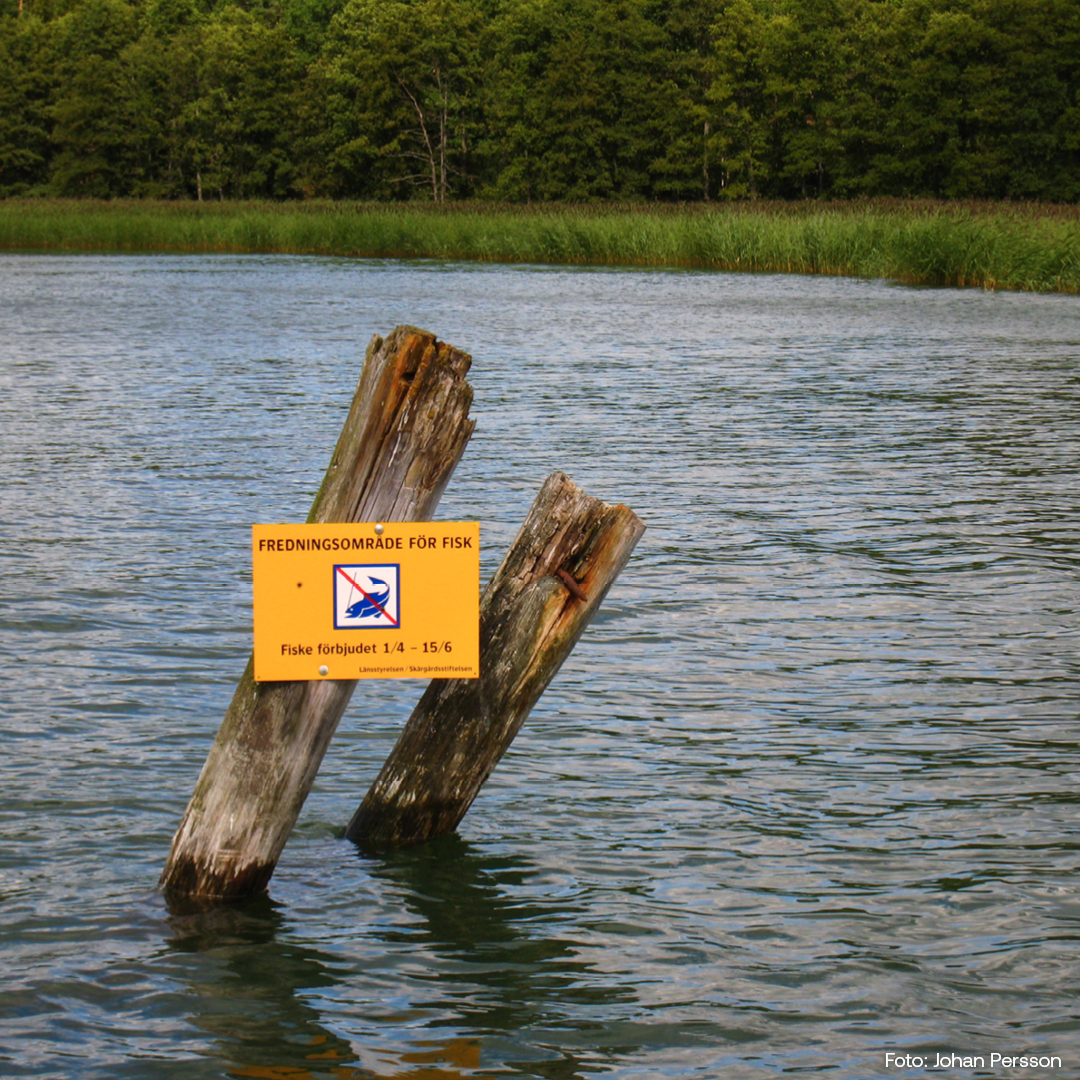Spring has arrived in our shallow coastal bays – and with it, the field season is in full swing. We went along on a survey fishing trip as part of the Thriving Bays project, where an ongoing case study is investigating how fishing bans affect fish stocks, ecosystems and the aquatic environment. Could protected areas become an important piece of the puzzle in managing and restoring the environment in our bays?
It is an early, clear morning as we set out onto the calm waters of Stockholm’s southern archipelago. The humming engine and the rhythmic lapping of the waves are all we can hear as we chug out across the bay. On board we have fishing rods, measuring instruments and a well-filled coffee thermos – everything we need for today’s mission: test fishing for pike in two shallow bays.
The survey fishing is part of the Thriving Bays case study on fishing bans, which is being conducted in collaboration with the Stockholm County Administrative Board. The aim is to investigate how fish stocks, the ecosystem and the aquatic environment are affected when fishing is temporarily or permanently stopped. Joakim Hansen, environmental analyst at Stockholm University and project manager for the case study, explains:
“Many bays along the coast currently have poor environmental status, with symptoms of eutrophication and weakened populations of predatory fish such as pike and perch. We want to find out whether fishing bans can be a way of not only strengthening predatory fish stocks, but also improving the environmental status of the bays”.
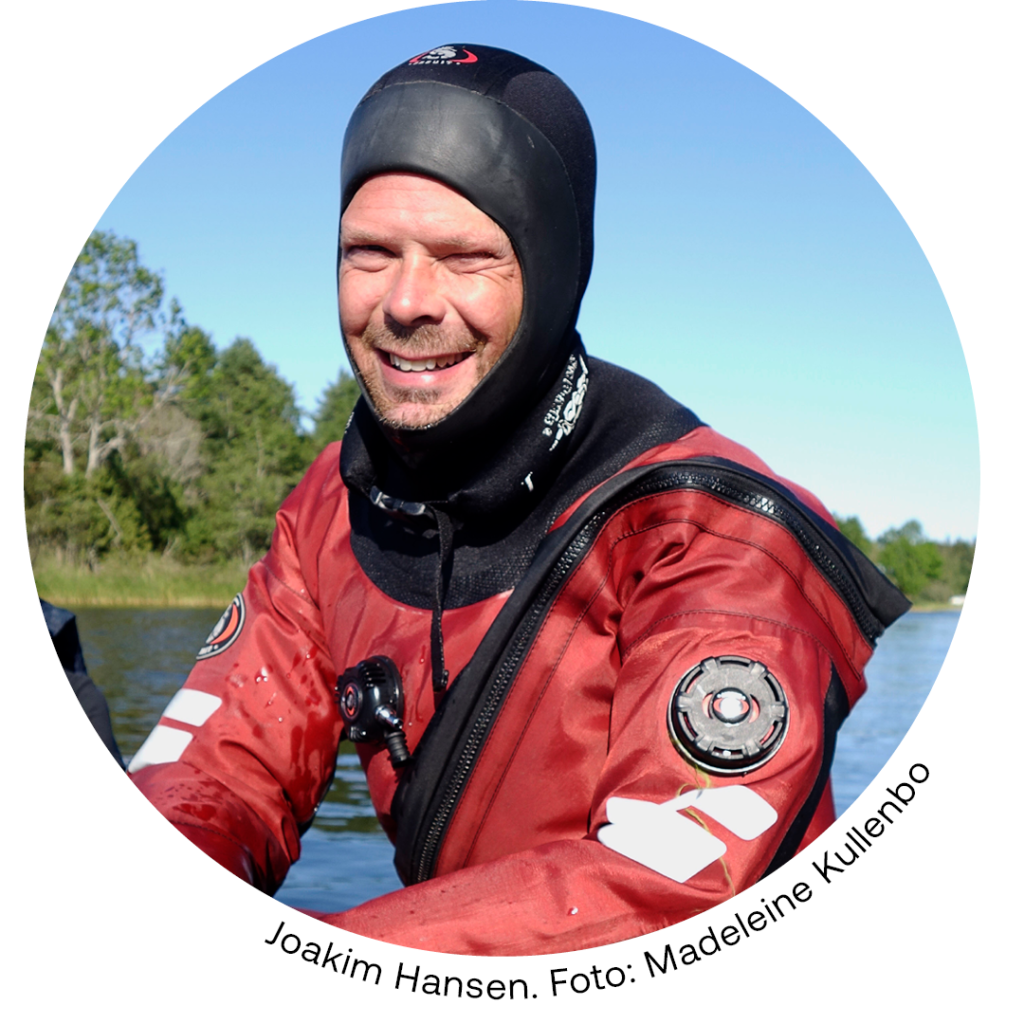
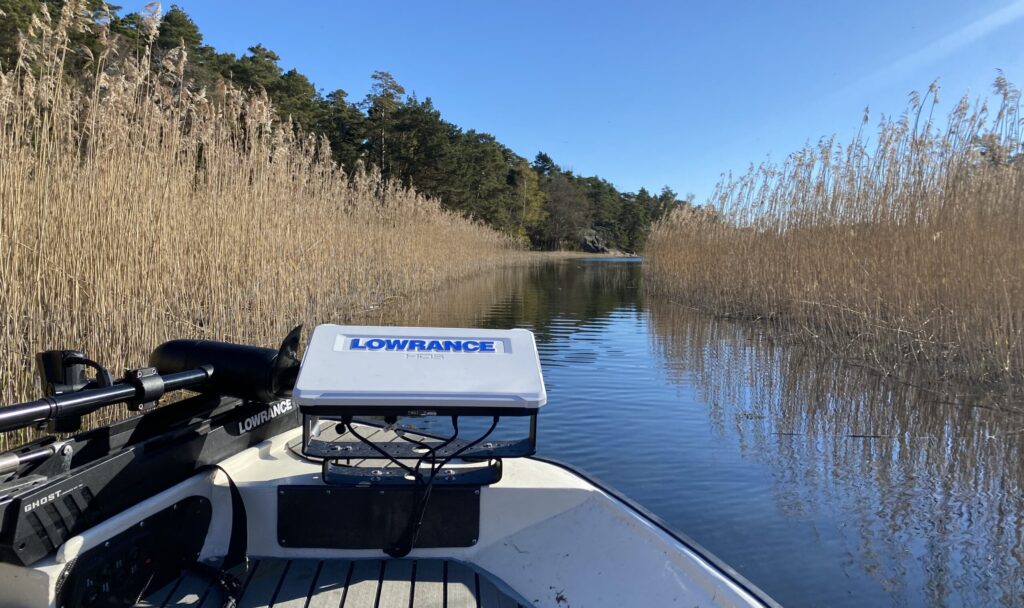
The boat navigates through the reeds into Bihagsmar, one of the reference bays in the case study. Photo: Ebba Rosendahl
The effects of year-round and seasonal fishing bans are being investigated
Through a reed-lined channel, we carefully navigate into the first bay of the day. There is some movement at the occasional jetty, but most of the summer cottages along the shoreline remain quiet in the calm of the early season. On board are Henrik C. Andersson, County Fisheries Consultant at the Stockholm County Administrative Board, and fishing entrepreneur Tobias Fränstam, who are jointly leading today’s survey fishing.
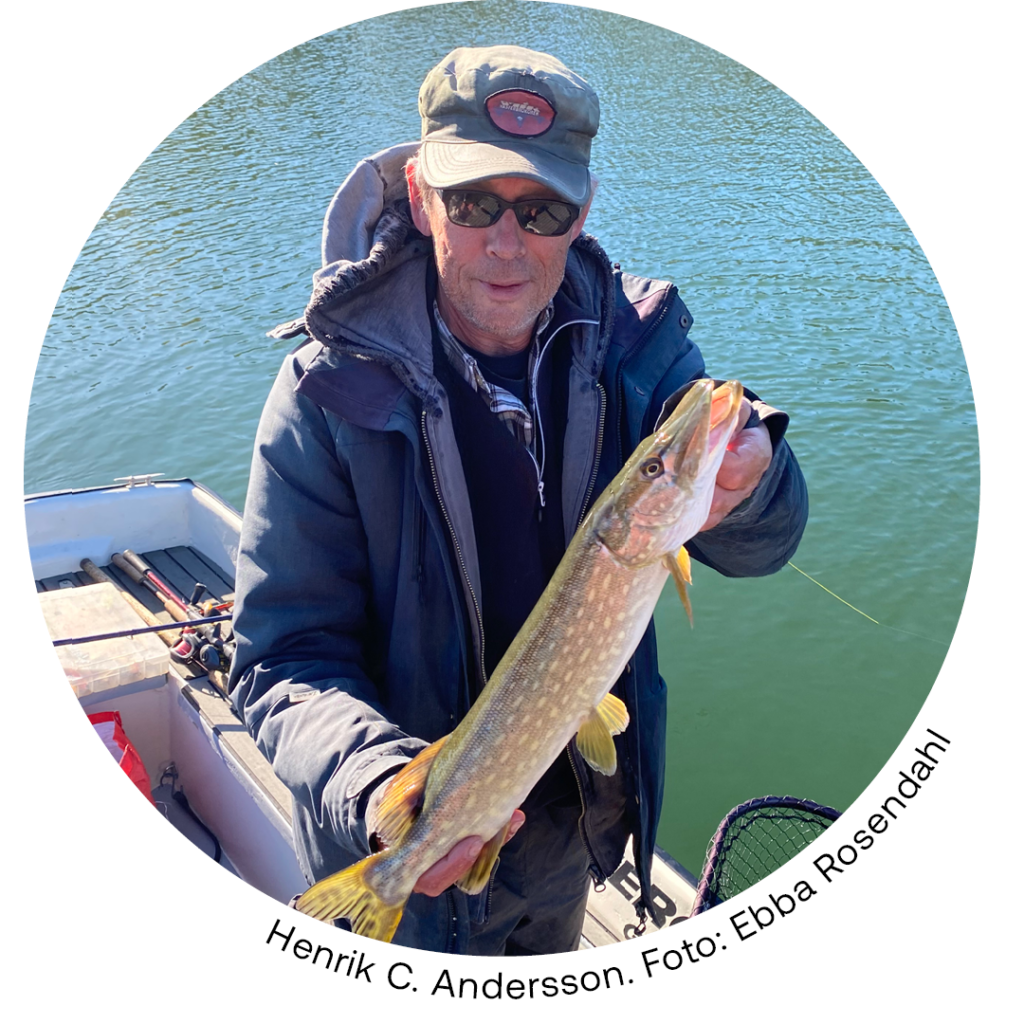
The case study builds on an earlier initiative by the Stockholm County Administrative Board, which studied the effects of fishing bans in several bays around the archipelago. The results clearly showed that closed areas during the spawning season have a positive effect.
“We saw higher catches of pike in the bays where fishing was prohibited, compared with the control areas. This led to around 40 new conservation areas being introduced in the Stockholm archipelago alone, says Henrik”, who also worked on the previous project.
The ongoing case study follows up on the results, but takes the analysis one step further. The previous study only examined spawning season closures, but now includes year-round closures. A total of 20 bays around the Stockholm archipelago are included: five where fishing is prohibited year-round, five where closures only apply during the spawning season, and ten reference bays with no restrictions whatsoever.
“Another important difference is that this time we have also conducted surveys before the ban was introduced, which provides a better basis for drawing conclusions about cause and effect”, says Joakim.
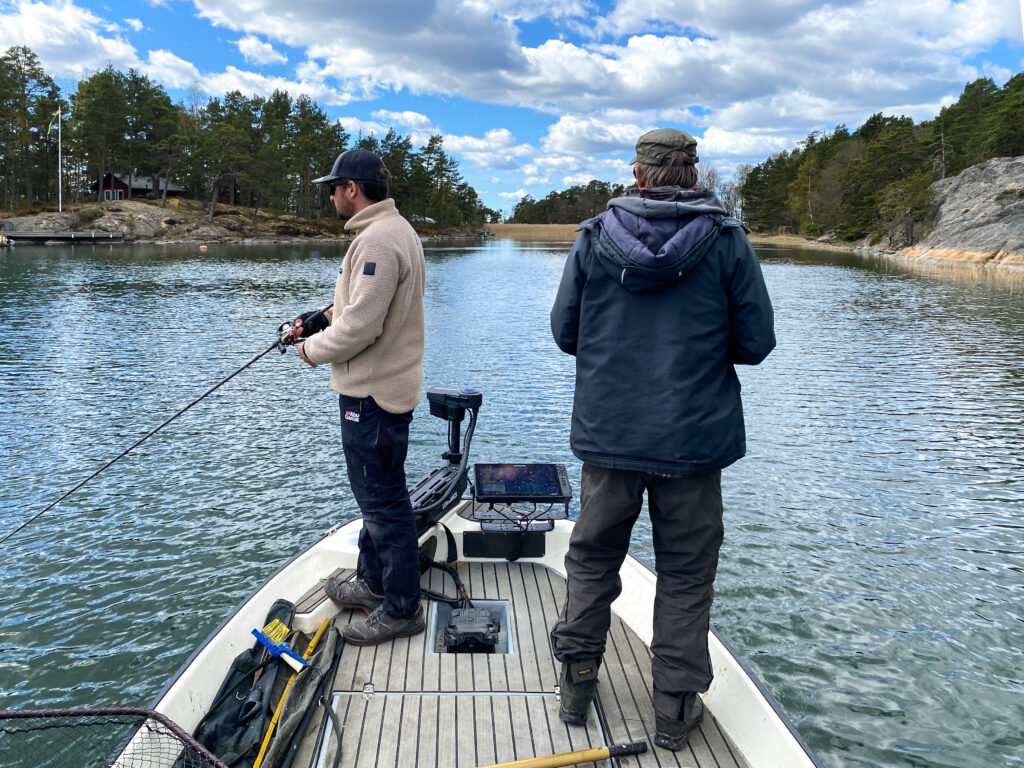
Tobias Fränstam and Henrik C. Andersson waiting for the next catch. Photo: Ebba Rosendahl
Can more predatory fish lead to healthier bays?
We pull up to the shore with the boat. Tobias expertly casts his rod, the lure skimming over the water’s surface, then reels it back with rhythmic jerks to spark the curiosity of any nearby pike. It doesn’t take long before there’s a strike. With practiced hands, the pike is brought on board, weighed, measured, and tagged with a small plastic marker in its dorsal fin – before being gently released back into the water.
“Fifty-six centimetres, post-spawn female, 1.05 kilos, tag number 5201”, Tobias calls out to Henrik, who records the figures in his log.
The focus on pike is not a coincidence. Not only is the species directly affected by the fishing ban, it also plays a key role in the ecosystem of these shallow bays.
“Pike is a keystone species in these bays. As a top predator, it can – along with other predatory fish like perch – regulate populations of smaller fish, such as stickleback. When predatory fish decline, sticklebacks can flourish unchecked. That in turn can reduce the number of zooplankton that graze on phytoplankton, potentially leading to more algal blooms and murkier water. If the predatory fish populations recover, the whole chain can start to reverse”, Henrik explains.
To capture the broader ecological effects of the fishing ban, the pike survey is complemented with several other methods. Survey nets are used to map the entire fish community, while researchers also collect data on fish larvae, zooplankton, bottom vegetation, and water quality.
“We study the whole ecosystem to detect even indirect effects of the protection measures and to gain a clearer picture of how they influence the bay’s environmental status”, says Joakim.
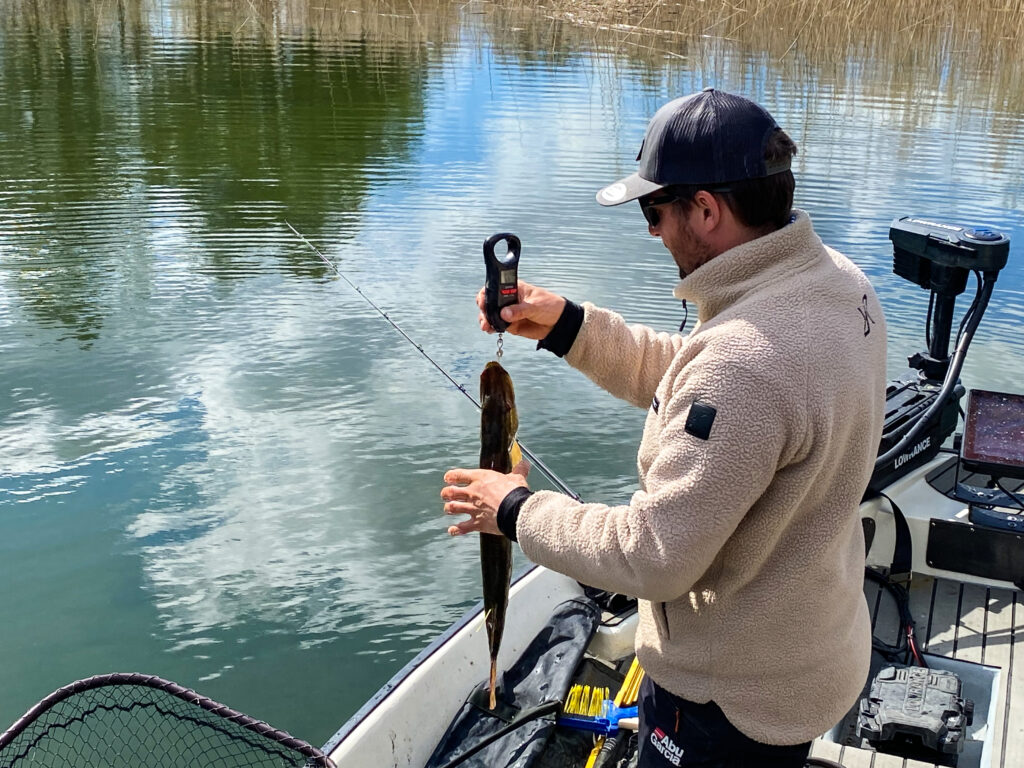
Tobias Fränstam weighs one of the pike that took the bait. Photo: Ebba Rosendahl
Fishing bans – a management tool?
After four hours of survey fishing, we head back towards the mainland. Henrik notes that it seems to be a good year for pike, both in the protected bays and in the reference areas. The results so far suggest that the fishing ban is having a positive effect – but more trips, more sampling, and more time are needed before the full picture becomes clear.
“The survey fishing continues, and together with all the complementary studies, we’ll eventually gain a clearer understanding of the actual effects these protected areas have on the ecosystem as a whole”, says Joakim Hansen.
“If it turns out that protection not only benefits predatory fish like pike and perch, but also leads to clearer water and fewer filamentous algae, then we’ll have gained another valuable tool for restoring our coastal areas.”
But how would the decision to introduce more protected areas be received? That question doesn’t seem to worry either Henrik or Tobias, both of whom are long-time, passionate anglers.
“If you’ve been fishing for a long time and seen the decline in fish stocks, it becomes obvious that we need to manage our fish resources better. Today, information about good fishing spots spreads in an instant, and new technology has made fishing far more efficient. That places new demands on how we regulate it”, says Tobias.
From the jetty, we watch as Henrik and Tobias wave before heading off towards the next bay. The hum of the engine fades across the sound, and we are left in the stillness that settles, full of anticipation for the results to come.
Even if the answers take time, we know that something has already started to stir down below – because among the reeds, hope is already swimming.
Video: Ebba Rosendahl

More about Thriving Bays
The aim of the the project is to try to show that it is possible to improve the environment in shallow bays and to develop knowledge about how this can be done in a cost-effective way. The project will work to test and evaluate individual measures in a number of case studies, and full-scale restoration in some shallow bays along the Svealand coast will be carried out. Thriving bays runs until 2027 and is implemented and financed by BalticWaters with financial support from, Stockholm University’s Baltic Sea Centre, the Stockholm County Administrative Board and the Uppsala County Administrative Board . The Swedish Agency for Marine and Water Management has allocated funds to Stockholm University for the implementation of sampling and monitoring in the project bays.
